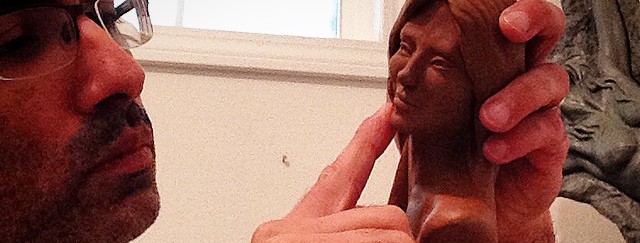
Observation and perception are two of the most important skills for visual artists to develop. Yes, these are skills that can be developed. I won’t buy into the belief that you are born with them, and even if you do you need to exercise in order to get better at it. It is the same with every talent. If you don’t seek to develop the talent and rely only on the natural-born talent I might be dubious if there is passion involved. Those who are passionate for what they do and love are in constant pursue to get better at it. Talent development requires practice, effort, experimentation, and lots of work.
Observation requires much more than just looking. Observing requires deeper attention. Through observation we can notice things that will challenge logic and sense. In research language the observation process is a way to collect data. It provokes a detailed examination of the phenomena under analysis. This examination goes beyond looking and transfers to all senses.
Perception is like adding another sense; a sixth sense if you will. Perception creates a mental impression from which observations can be understood and interpreted. It is this conception or notion of reality that facilitates making sense of the information we receive. Perception can interpret external and internal information simultaneously and provides meaning to the observations.
In art these two elements are combined for the artist to make sense of the creation process adding meaning to the artwork. I try to mentally document how through observation and perception the elements acquire visual correlation in one cohesive sculpture or painting. I observe where a curve is not complete or following an angle with fluidity and through perception I can define where to fix it to make visual logic within the intention of the piece.
